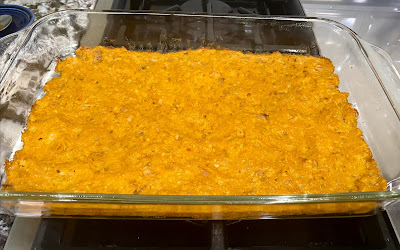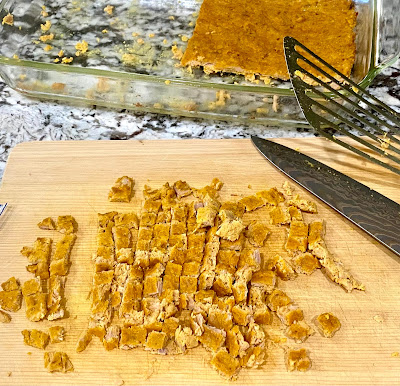Verbalizing the idea of a dog giving consent into an organized definition and conversation is relatively new to me. There has been much recent discussion on dogs giving their consent, and that consent is a basic right of every sentient being. I feel like I've always had the idea of an animal giving its consent, with dogs but also with horses. It's practically impossible for a ~120-pound H. sapiens to get ~1,500-pound equine to do, well anything, without the equid first consenting to do the behavior. So the idea of an animal giving consent is familiar.
Our dog agility coach talked about consent in very simple terms, and I loved how she described it. Basically, when using operant conditioning using positive reinforcement (often abbreviated as R+), when we give a cue for a behavior, the dog has a choice as to whether or not the dog wants to perform the behavior. She doesn't have to do the behavior. Nothing bad happens to the dog should she not do the behavior. However when the dog does choose to do the behavior, it learns that all sorts of good things happen as a consequence of doing the behavior.
We know behaviors followed by reinforcement will be strengthened, and be more likely to occur again in the future. It turns out that science supports positive reinforcement as the most efficient way to educate an animal. It's great that the fastest, most reliable way to teach an animal is also the most fun and humane way, for both the learner and the teacher.
Pearls:
- It seems natural to me to consider consent after working with Rijkens and other horses. Good ol’ Rijkens was 1,500 pounds on a lean day, and happily consented to do many things
- Take care when considering consent, if the dog chooses not to do the behavior for which the handler cues and is reinforced by something else for ignoring the handler, the likelihood of ignoring the cue again in the future increases
- The handler is best off setting up training scenarios that guarantee a 100% success rate, and the dog soon knows that all sorts of good things happen when they choose to follow the handler’s cues










